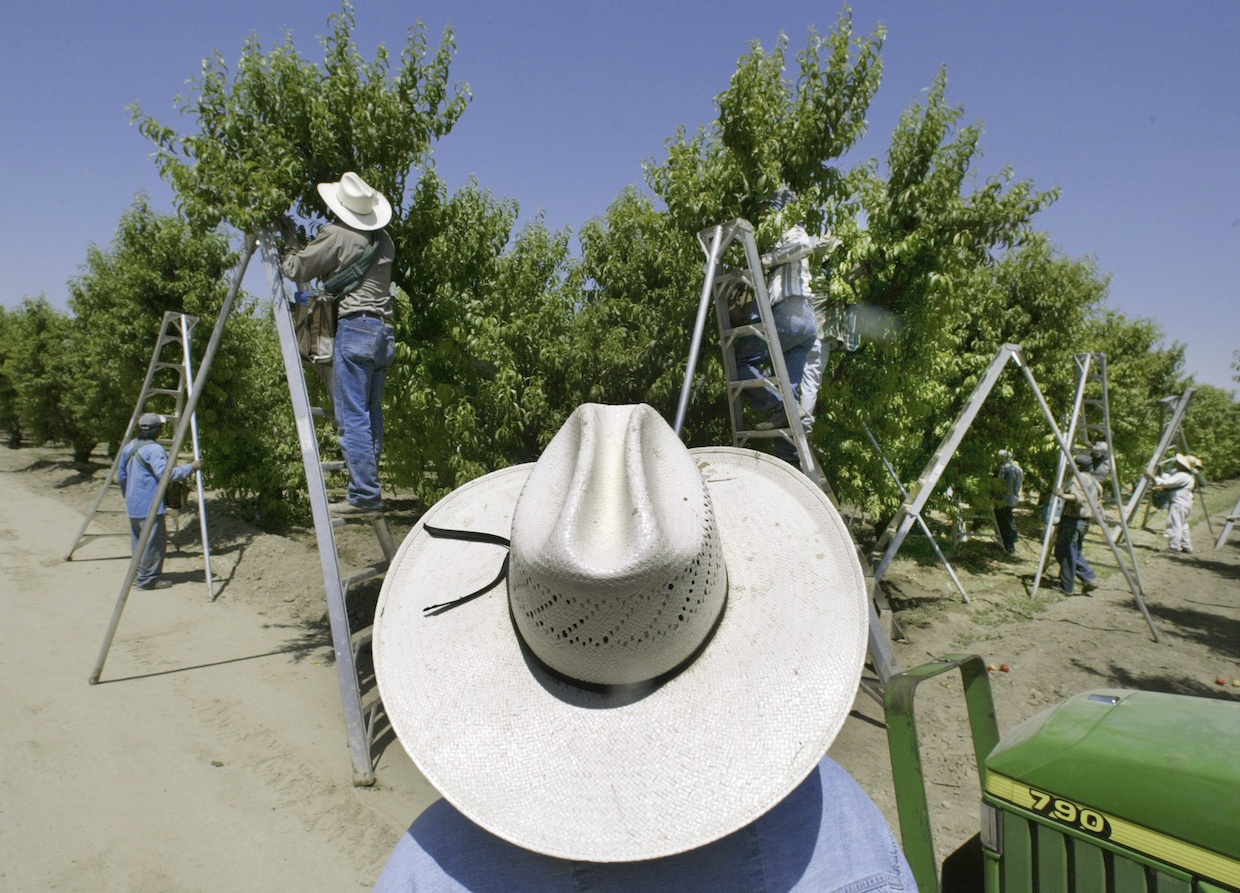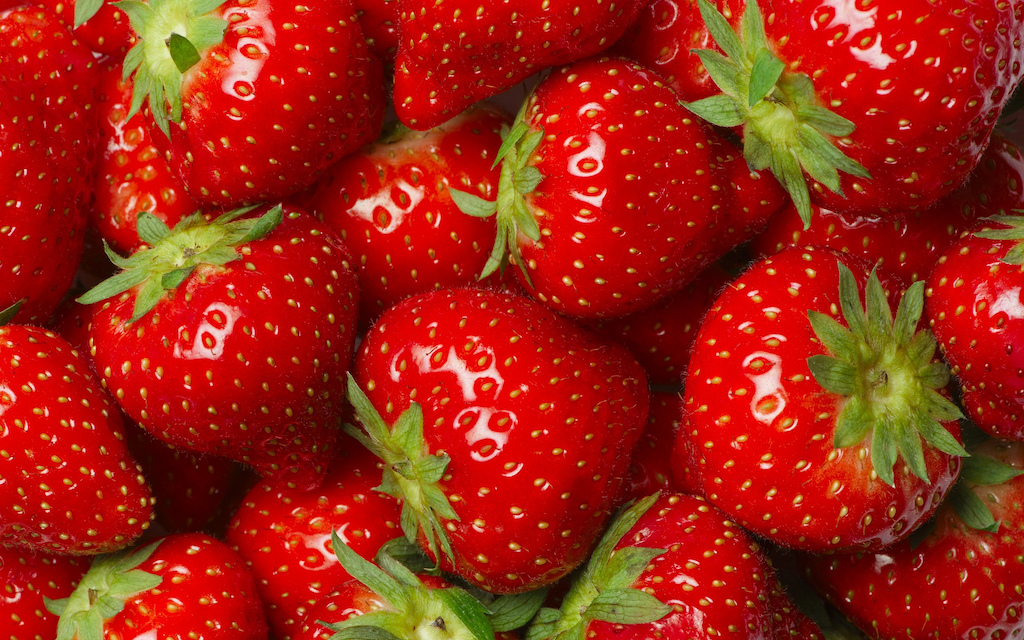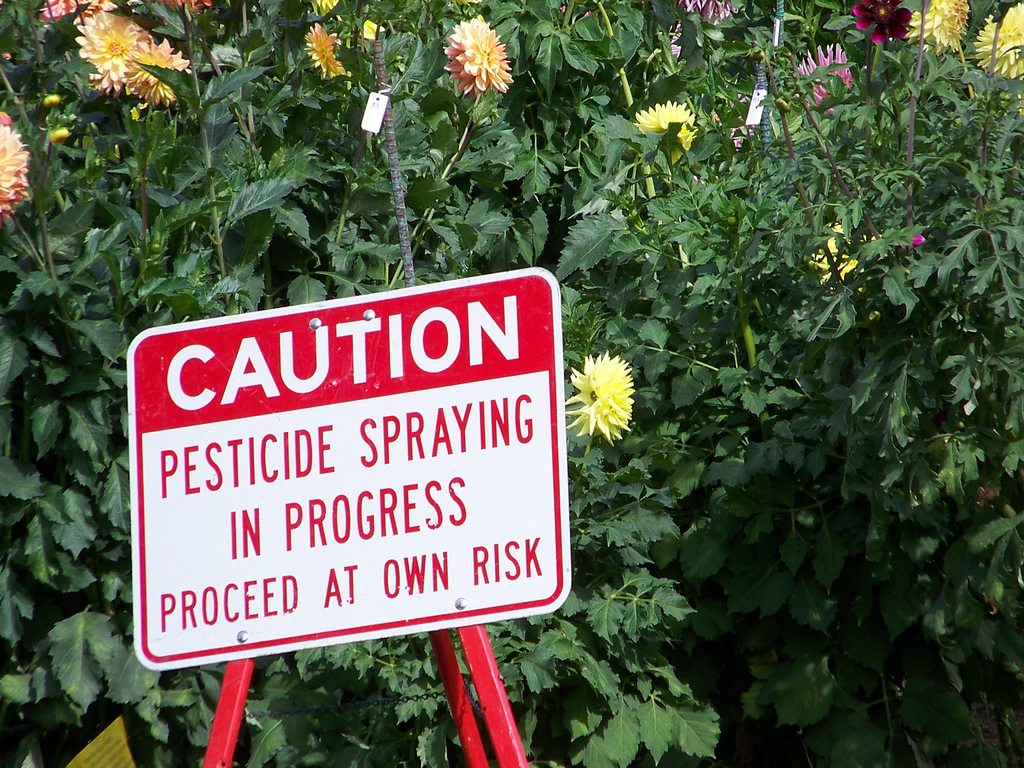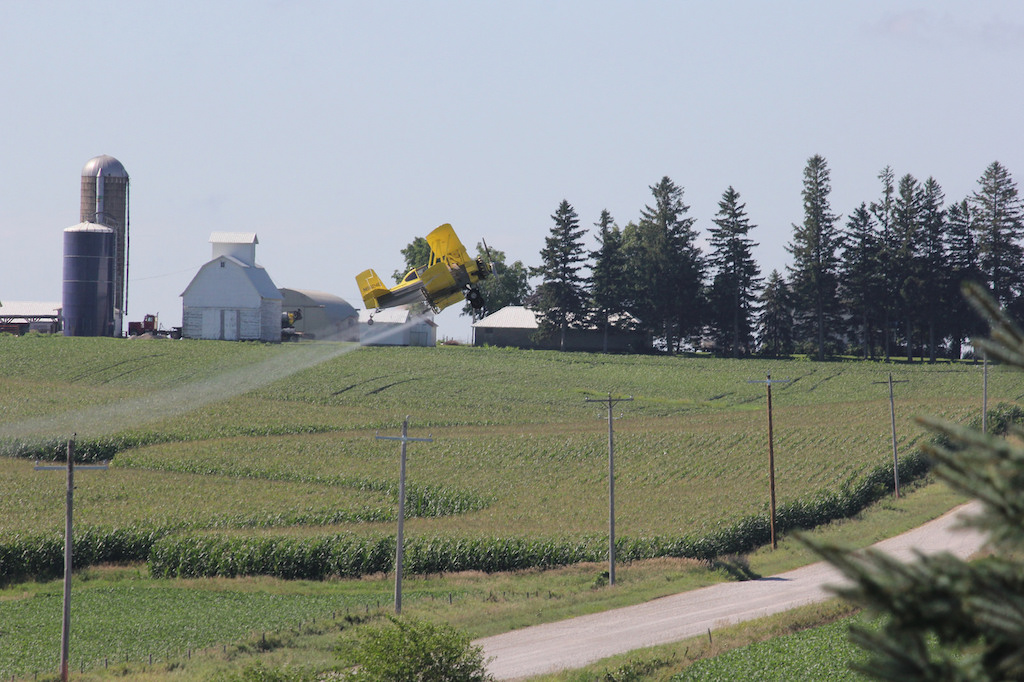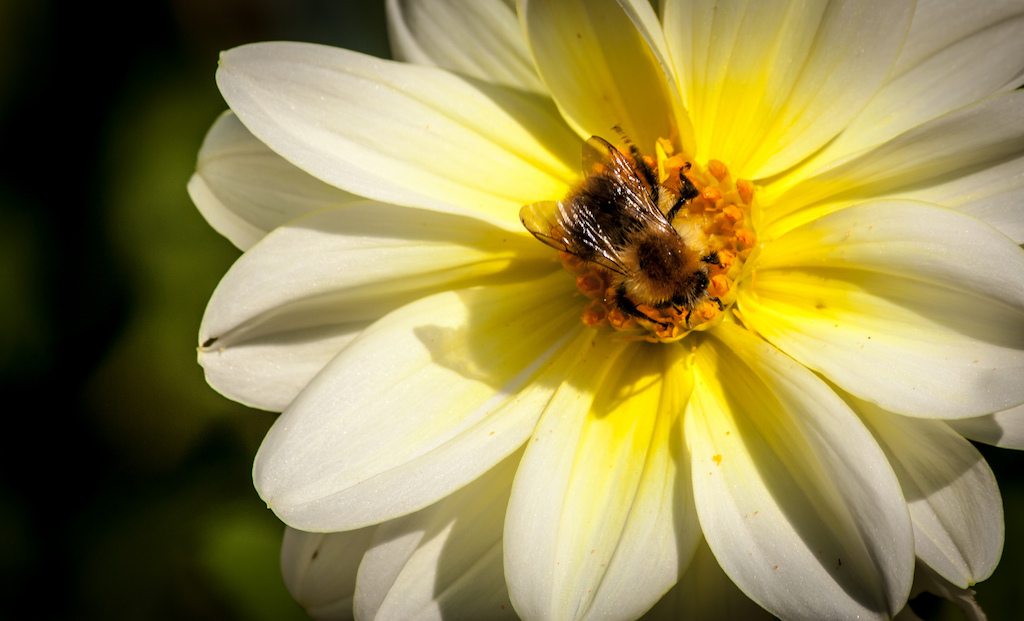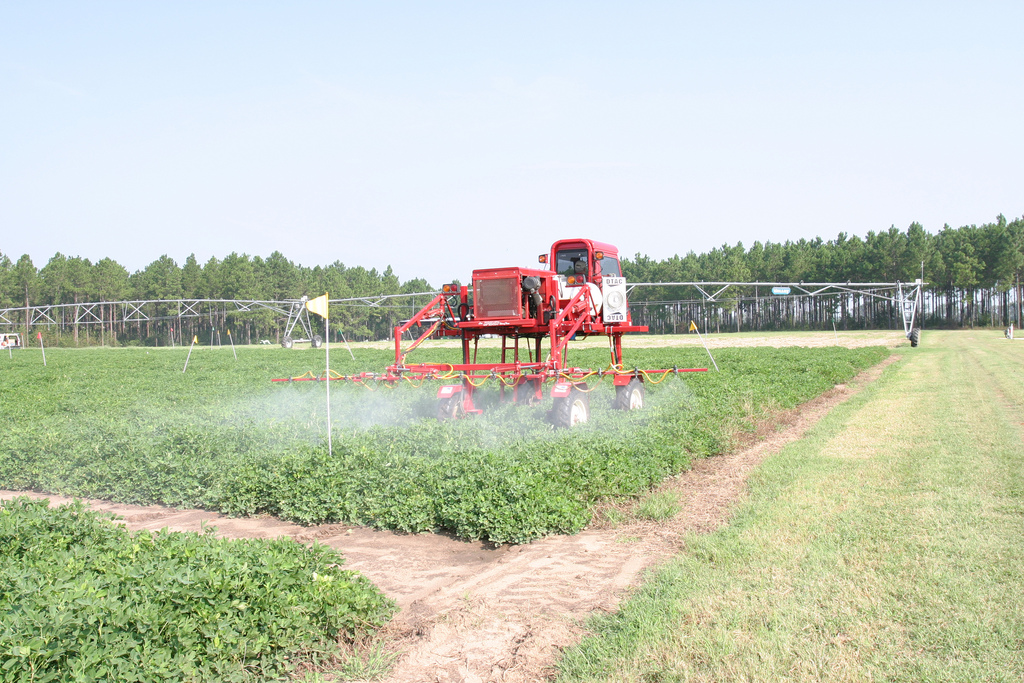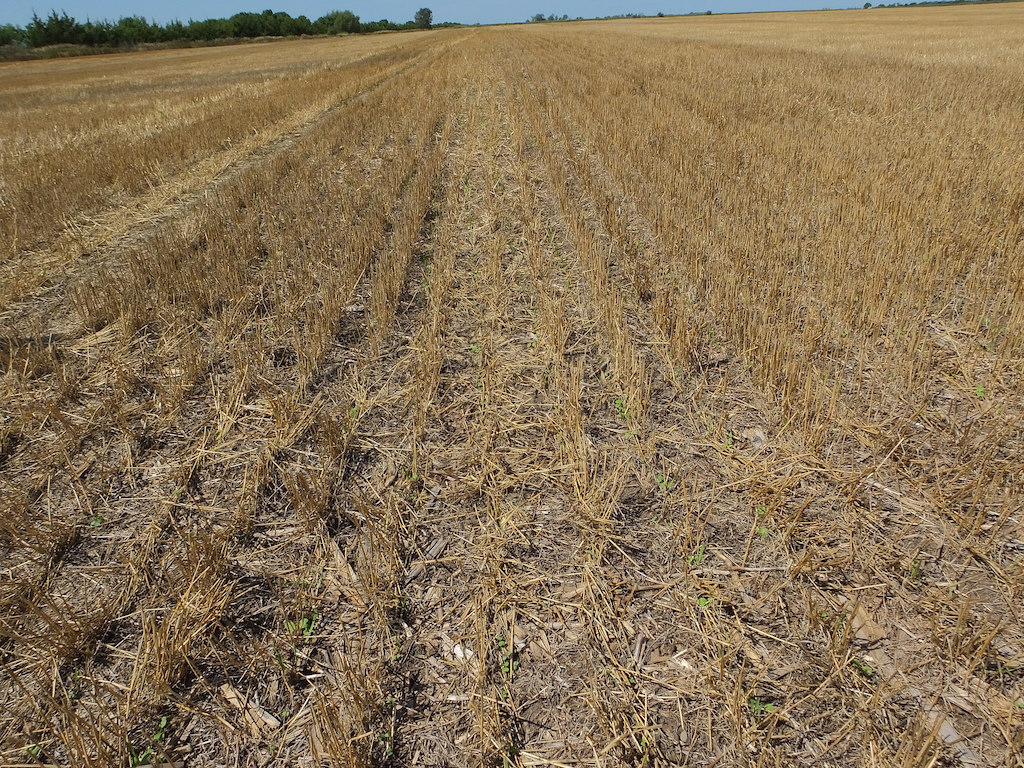The chemical has been linked to brain damage among children. On Thursday, its biggest manufacturer, Corteva, announced it would phase the product out this year.
Corteva Agriscience, one of the biggest agricultural companies in the U.S., will phase out its marquee chlorpyrifos-based pesticide by the end of the year, citing a drop in use among farmers. This move—a possible bellwether for other chlorpyrifos products—follows years of contention over the chemical’s health effects on children and farmworkers.
“Demand for one of our long-standing products, chlorpyrifos, has declined significantly over the last two decades, particularly in the U.S,” said Gregg Schmidt, a Corteva Agriscience spokesperson in an emailed statement. “Due to this reduced demand, Corteva has made the strategic business decision to phase out our production of chlorpyrifos in 2020.”
The Dow Chemical Company introduced chlorpyrifos back in 1965, as a replacement for DDT, then a widely used insecticide increasingly associated with human and environmental health risks. (After Dow Chemical and DuPont merged in 2015, Corteva was spun off as an independent chemical producer dedicated to agriculture.) Chlorpyrifos rapidly became a go-to tool for commodity farmers, who sprayed it on a range of crops like corn, soy, and cotton, as well as produce.
In 2012, researchers at Columbia University published a study that linked chlorpyrifos exposure to cognitive deficits in children.
In the past decade, the chemical has faced scrutiny from public health experts and environmentalists, who have raised alarms about its impact on children and farmworkers. In 2012, researchers at Columbia University published the results of a consequential study that linked chlorpyrifos exposure to cognitive deficits in children. The Environmental Protection Agency (EPA) has banned indoor use since 2001, and it proposed a complete ban on the chemical under President Obama in 2015. In 2017, under President Trump, then-EPA administrator Scott Pruitt blocked the ban’s implementation. (It bears mentioning that prior to the move, Dow Chemical donated $1 million to Trump’s inauguration campaign.)
What followed was a series of twists and turns regarding chlorpyrifos’s legal status. Shortly after Pruitt’s decision, a coalition of environmental groups sued EPA in an attempt to overturn it. In August 2018, an appellate court did just that. Then EPA requested a re-hearing, which ultimately vacated the previous ruling. Last July, EPA announced again it would not ban chlorpyrifos, but in the meantime, states including Hawaii, New York, and California have taken matters into their own hands and phased the pesticide out at a local level.
In addition to the recent regulatory wranglings, chlorpyrifos use has gradually trended downward for years. Its use more than halved in the two decades between 1996 and 2006, according to the U.S. Geological Survey’s Pesticide National Synthesis Project. Corteva’s Schmidt said that the company had enough stock left to last farmers through the end of the year. Get it while you can.
